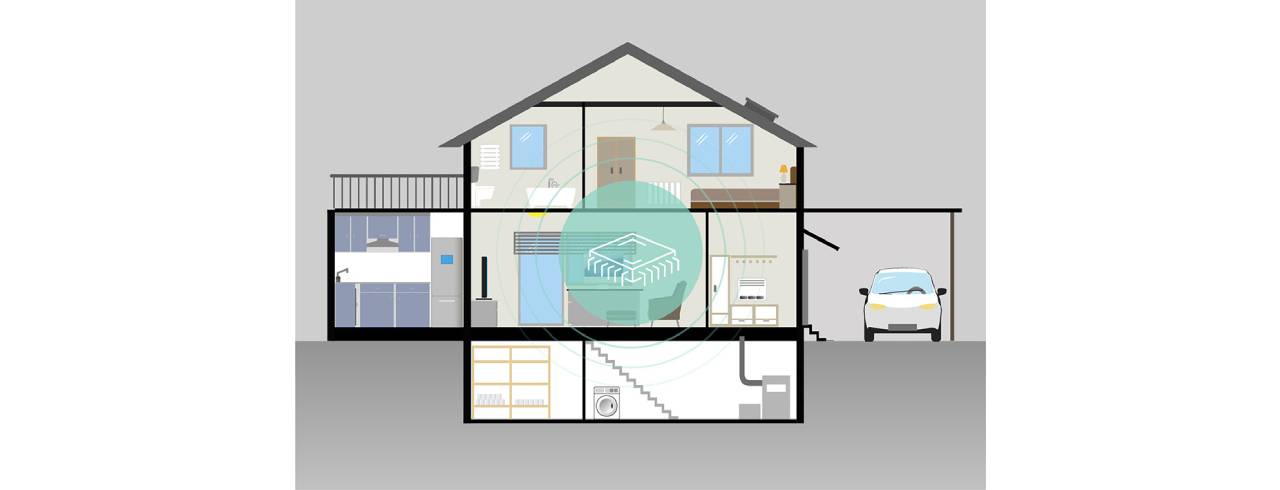Description
This guide delivers a comprehensive overview of mmWave Radar, a groundbreaking sensing technology with the potential to revolutionize various industries. The guide highlights some of the key features of mmWave Radar, including its operation in the frequency range, high-resolution imaging and sensing capabilities, wide bandwidth for real-time applications, and the ability to penetrate various materials and work in adverse weather conditions.
Several advantages of mmWave Radar are discussed, including enhanced object detection and classification, autonomous vehicles and transportation, industrial automation and robotics, and healthcare and vital sign monitoring.
While the adoption of mmWave Radar technology holds significant promise, the guide acknowledges the challenges that need to be addressed, such as mitigating interference, optimizing power consumption, and developing cost-effective manufacturing processes. Collaboration between academia, industry, and regulatory bodies is crucial for driving the widespread adoption of mmWave Radar.

In the rapidly evolving landscape of technology, mmWave Radar has emerged as a groundbreaking sensing technology with the potential to revolutionize various industries. In this guide, we will discuss comprehensive overview of mmWave Radar, its applications, and the impact it holds in the future.
It is crucial to grasp the fundamental principles behind it, to understand mmWave Radar. Unlike traditional radar systems that operate in lower frequency ranges, it operates at significantly higher frequencies. It allows for shorter wavelengths and narrower beams, resulting in more spatial resolution and increased sensitivity. The high-frequency waves facilitate precise measurements, enabling mmWave Radar to deliver unparalleled object detection and imaging capabilities.
mmWave is a particular subclass of radar technology that utilizes short-wavelength electromagnetic waves. Radar systems provide electromagnetic wave signals into the environment, which nearby objects reflect. A radar system can calculate the objects' distance, speed, and angle by recording the reflected signal.
It operates in the frequency range of 30 to 300 gigahertz.
It provides high-resolution imaging and sensing capabilities, allowing for accurate detection, tracking, and range of objects.
mmWave Radar offers wide bandwidth and high data transfer rates, enabling real-time applications and precise measurements.
It can penetrate various materials and work in adverse weather conditions, making it suitable for automotive, industrial, and security applications.
The main advantages of mmWave Radar are as follows:
Enhanced Object Detection and Classification
mmWave Radar excels in object detection and classification due to its high resolution and accuracy. mmWave Radar can identify objects accurately, transmit brief electromagnetic pulses, and examine the returned signals. These systems can differentiate between objects, such as vehicles, pedestrians, and even fine details like hand gestures. So, they provide invaluable information for autonomous driving, surveillance, and gesture-based interfaces.
The automotive industry is at the forefront of embracing mmWave for autonomous vehicles. The technology's ability to provide detailed and real-time information about the surrounding environment aids in object detection, lane monitoring, and collision avoidance. With mmWave, autonomous vehicles can navigate complex scenarios and adapt to dynamic traffic conditions. So, it helps to enhance safety and reliability on the road.
mmWave Radar finds extensive applications in industrial automation and robotics, where precise sensing and object recognition are crucial. mmWave Radar helps automate material handling, inventory management, and robotic safety systems by precise mapping and recognizing objects in industrial settings. This technology enables robots to navigate and interact with their surroundings effectively. So, it improves efficiency and productivity in various manufacturing and logistics processes.
The healthcare industry can harness the potential of mmWave Radar for non-contact vital sign monitoring. Without making physical touch, mmWave Radar devices may collect the essential sign data by sensing the minute movements brought on by breathing and heartbeat. This capability opens up opportunities for remote patient monitoring, elderly care, and sleep analysis, enabling healthcare providers to monitor patients' well-being in real-time and detect anomalies promptly.
The adoption of mmWave Radar technology holds significant promise for diverse fields. However, certain challenges need to be addressed to unlock its full potential. These challenges include mitigating interference, optimizing power consumption, and developing cost-effective manufacturing processes.
mmWave Radar represents a shift in sensing technology, enabling exceptional speed and accuracy in object detection and imaging. It has diverse uses in autonomous driving, industrial automation, healthcare, and more. As the technology continues to evolve, further advancements will address current challenges, making mmWave Radar an indispensable tool for the future. Embracing mmWave Radar opens up endless possibilities, propelling us toward a safer, more efficient, and interconnected world. So if you want to purchase and utilize this amazing mmWave Radar, contact MinewSemi.